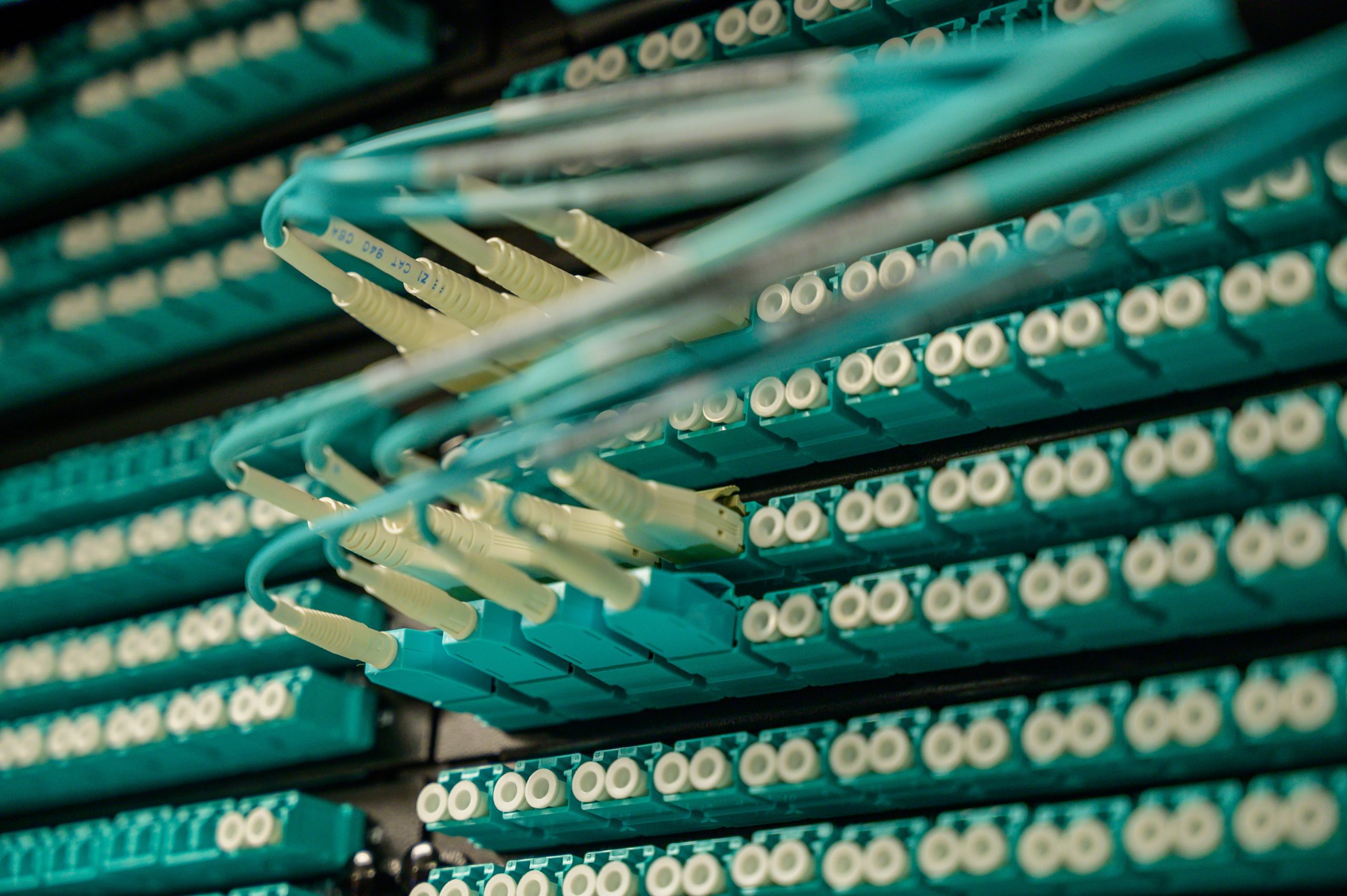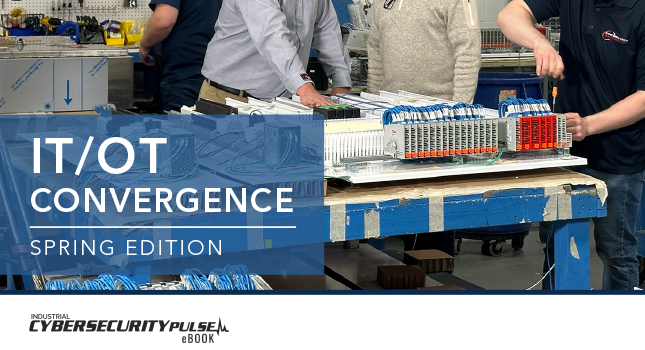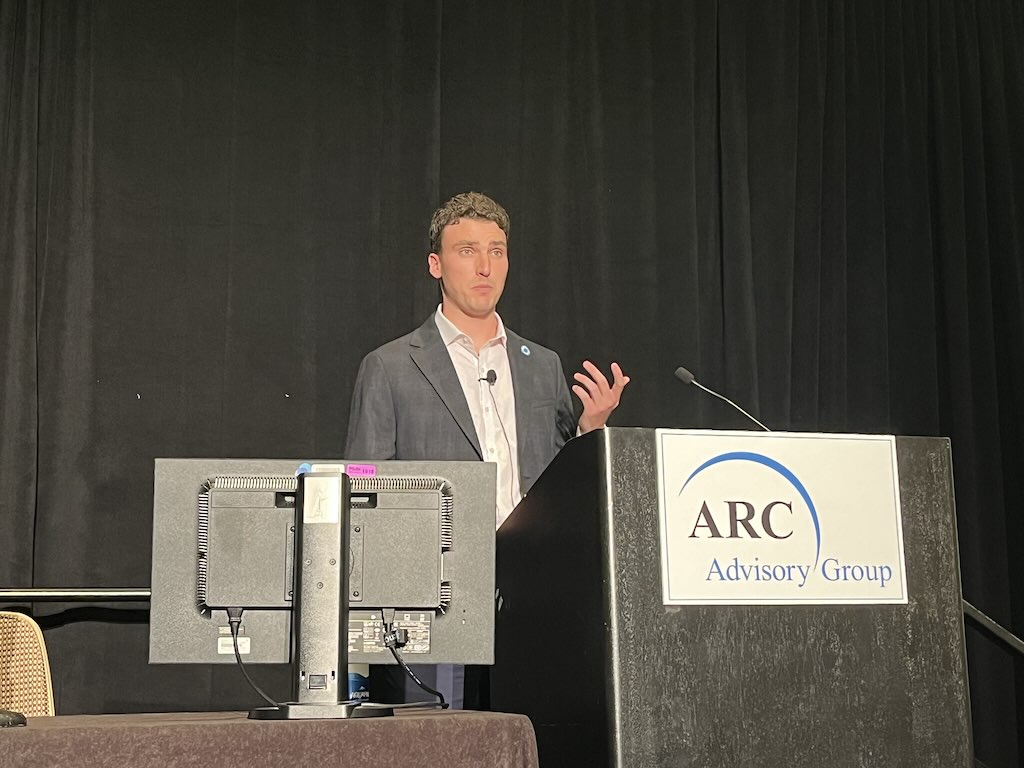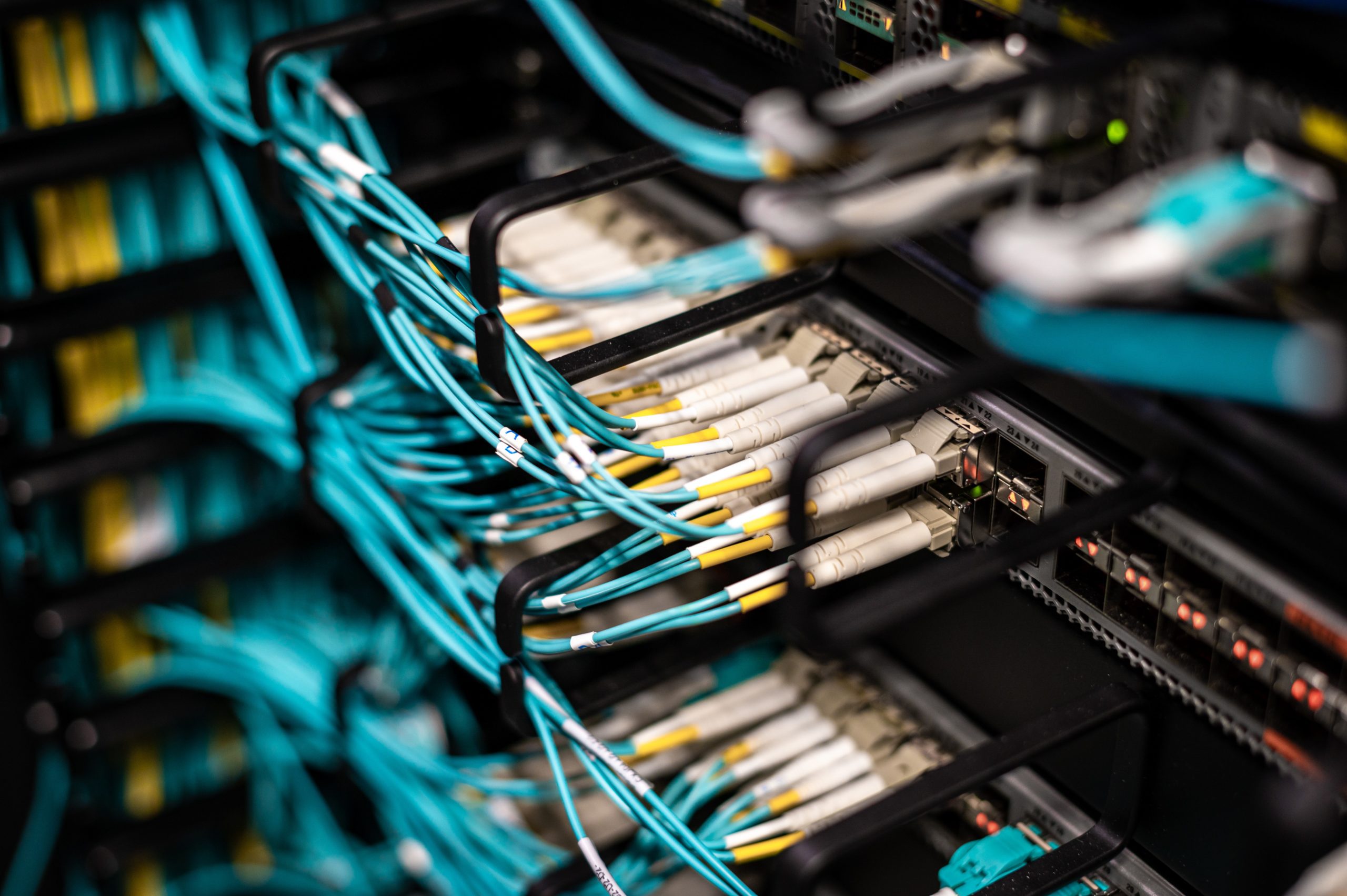Most companies realize that implementing a cybersecurity maturity model is a smart move and a necessity in today’s world. The challenge for most companies is, where do they start? Let’s walk through the process to ensure your company is taking the right steps to ensure digital safety and cybersecurity for operational technology (OT).
Until recently, most companies weren’t paying much attention to the security and digital safety of their OT, industrial control systems (ICS). In most instances, enterprise information technology (IT) teams don’t manage the technology on the plant floor, nor are they knowledgeable of programmable logic controllers (PLCs), supervisory control and data acquisition (SCADA) servers and the myriad of OT technologies and systems that are used to create physical outcomes.
First steps toward a cybersecurity maturity model
The first step to implementing a cybersecurity maturity model is to get IT and OT talking. You must identify stakeholders and confirm ownership of the digital safety process for OT before you can even begin. Identifying who will drive the process and own accountability for the process on the OT side of the business is key.
Identify your vulnerabilities
Best practice is to implement a visibility study to identify what’s connected to your OT environment. In less than a month, you can complete a five-point visibility study that can give you visibility into the state of risk and vulnerability within the OT side of your production environments. The study detects everything connected to your OT network, provides an asset inventory, common vulnerabilities and exposures (CVEs), insights into process and data flows, as well as a connected devices vulnerability (CDV) index.
Most companies are convinced that they’re air-gapped. However, from our experience, most companies have multiple points of vulnerability and risk with their OT.
Implement continuous monitoring
To properly secure your OT assets and network on the operational side of your business, a continuous monitoring platform is necessary. Simply doing an assessment here and there does not protect you. Assessments are commonly done when the plant floor or operation is not at full capacity. This is a fatal flaw and leaves you vulnerable to not identifying everything locally and remotely connected to your network. You must manually verify the equipment being detected and not just trust what you see in the monitoring platform.
Operationalize the data
Once you have insights into how data is flowing between OT equipment both inside and outside of the plant floor, it’s important to use the data to improve and protect your security position and digital safety.
Develop and implement a cyber incident response plan
Developing and communicating a cyber incident response plan for your organization is imperative. A continuous monitoring platform will alert you to potential cyber risks and bad actors, but you must also have a response plan. Implementing a clearly documented action plan that can be executed for each potential scenario is another key part of implementing a complete cybersecurity maturity model.
Humans continue to be the weakest link in cybersecurity, with most adverse events being caused by internal human error. The continued use of remote access by employees and third parties, puts OT equipment and operations at risk.
Implementing a cybersecurity maturity model is a necessity. With the shortage of experienced cybersecurity professionals and the overextended workload of most internal teams, choosing the right partner to help you get a solid cybersecurity model in place and operationalized is crucial. Be proactive and don’t wait to be the victim of a cyber event either due to lack of preparation, planning or implementation.
How to get started with a cybersecurity maturity model
A discovery session with key stakeholders including the C-suite, board members, enterprise and operational asset owners is the first step. A tabletop discovery session facilitates alignment discussions around who owns what in the organization. It will shine a light on issues around ownership of security of industrial equipment on the plant floor. As industry experts, we believe tabletop exercises are the best value for the investment for any organization.
– This article originally appeared on Velta Technology’s blog. Velta is a CFE Media content partner.
Do you have experience and expertise with the topics mentioned in this article? You should consider contributing content to our CFE Media editorial team and getting the recognition you and your company deserve. Click here to start this process.








